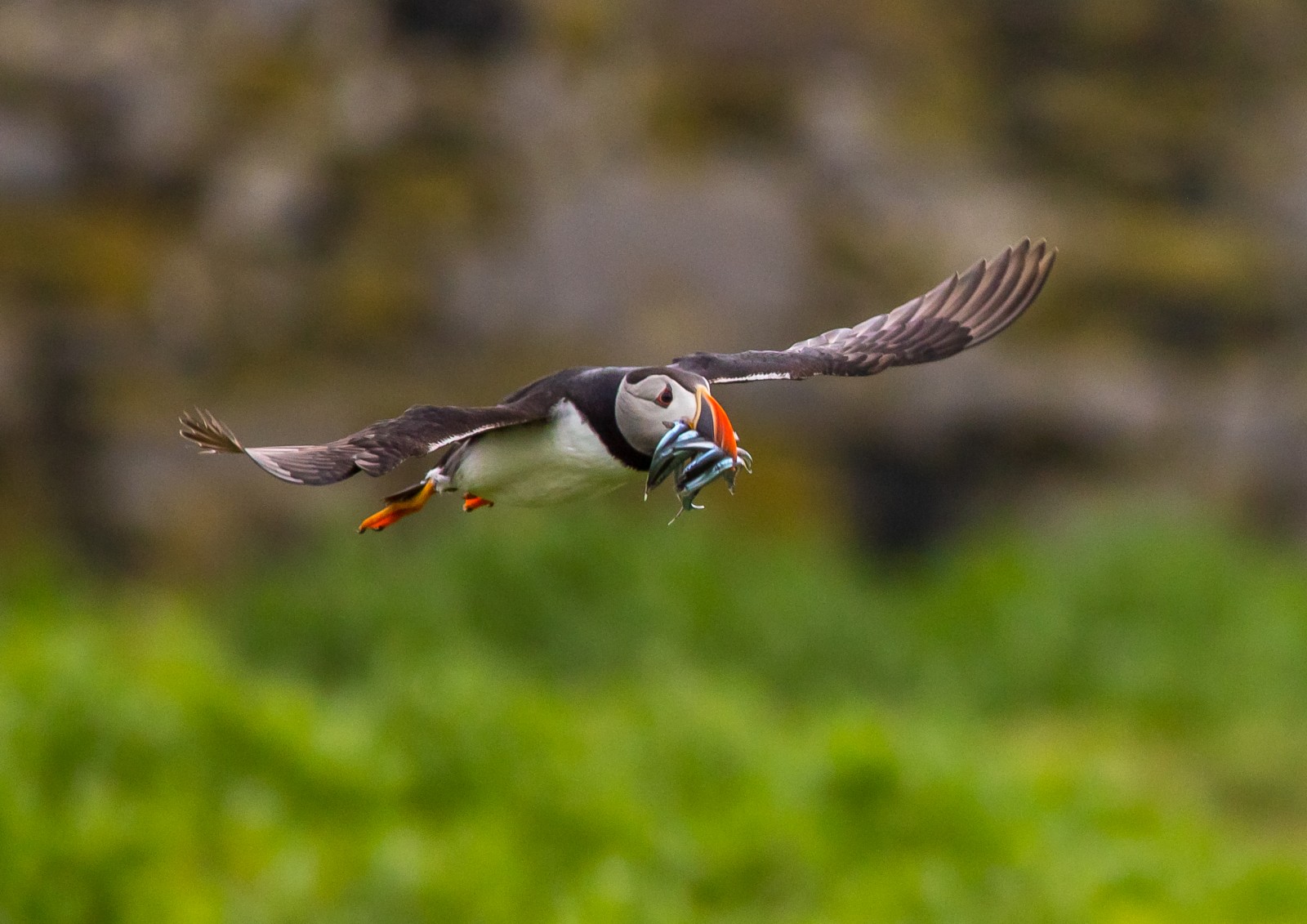Opis
Staffa is an island of the Inner Hebrides in Scotland. Staffa lies about 10 kilometres west of the Isle of Mull. Its area is 33 hectares and the highest point is 42 metres. The island is now in the care of the National Trust for Scotland. Staffa is nationally important for breeding fulmar, kormoran czubaty and maskonur. Different species of gulls and wydrzyk wielki also nest on the island. The surrounding waters provide a livelihood for numerous seabirds, grey seals, dolphins, basking sharks, minke, and pilot whales. You can get very close to the maskonur, and many other seabirds can be seen on the boattrip to the island.
Szczegóły
Dostęp
Staffa can be accessed by boat tours from Fionnphort, Ulva Ferry, Iona, Tobermory, Oban and Kilchoan. Caledonian MacBrayne and West Coast Tours run day-package tours from Oban in conjunction with local boat operators, which include Staffa Tours, Staffa Trips and Turus Mara (see the links below). You can explore the island itself on foot.
Teren i siedlisko
Morze , Kanion/klif , ŁąkaWarunki
Pagórkowaty , SkalistyTrasa dookoła
NieCzy luneta będzie przydatna ?
NieUdany sezon obserwacyjny
Lato , WiosnaNajlepszy czas na wizytę
LatoTrasa
Droga nieutwardzona , Wąski szlakPoziom trudności szlaku pieszego
Średnio wymagający spacerDostępne
Pieszo , ŁódźCzatownia/platforma obserwacyjna
NieDodatkowe informacje
In addition to the many birds on the island, there is also a special cave. Fingals cave is a cave with walls made of basalt columns, similar to the famous Giant's Causeway in Northern Ireland.



